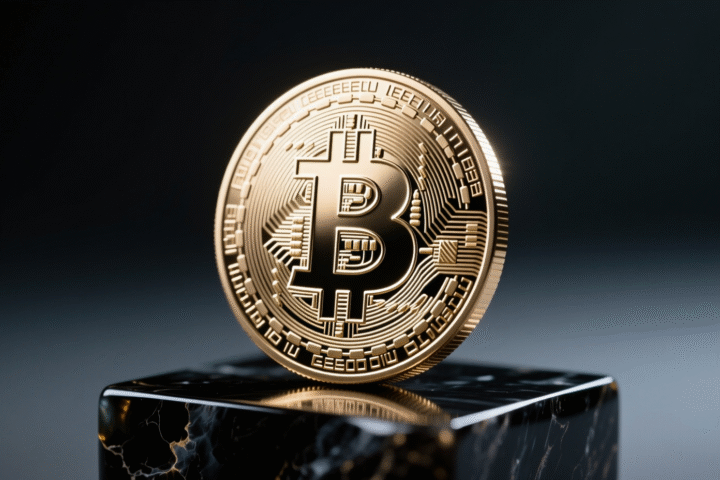Russia is set to shake up the global cryptocurrency landscape with ambitious plans to launch domestic crypto exchanges aimed at boosting foreign trade and introducing a stablecoin.
Russia is moving forward with plans to launch at least two cryptocurrency exchanges, one specifically designed to facilitate foreign economic activity (FEA) and trade, with the other being established in Moscow, a new report from Kommersant, a major Russian business-focused newspaper and media outlet, revealed.
The initiative, which is expected to operate within an experimental legal regime, reflects Russia’s ongoing efforts to navigate international sanctions and find new avenues for global trade.
The Moscow exchange remains in its early stages of planning. It is unclear whether it will be built on the existing Moscow Exchange platform or developed separately. The St. Petersburg exchange, however, is expected to leverage the infrastructure of the St. Petersburg Currency Exchange (SPCE), which already supports FEA.
While the creation of these exchanges presents a potentially powerful tool for Russia to circumvent sanctions and facilitate international trade, legal hurdles remain. Experts highlight that the classification of stablecoins as “digital financial assets” in Russia presents challenges in terms of technology, convertibility, liquidity, and securing a reliable backing.
Related: Crypto Fans React as Senator Lummis Says She Won’t Seek Reelection
In addition to the exchanges, Russia is reportedly planning to create a stablecoin pegged to the Chinese yuan (RMB) and potentially a basket of BRICS currencies. A development, which underscores the country’s strategic interest in exploring alternative financial systems and fostering closer economic ties with its BRICS partners.
The Russian government is considering the legal recognition of stablecoins for international transactions. According to a report by Izvestia last month, the Central Bank of Russia (CBR) is actively exploring proposals to allow the use of these cryptocurrencies, which are pegged to stable assets like the US dollar or gold, making them less susceptible to price fluctuations.
This potential legalization of stablecoins could provide Russian companies with a more efficient and flexible way to conduct cross-border payments, particularly in the face of sanctions that have limited their access to traditional financial systems. By adopting stablecoins, Russian businesses could potentially circumvent restrictions and maintain their economic ties with international partners.
Currently, Russian cryptocurrency regulation is primarily governed by the law “On Digital Financial Assets,” which establishes a framework for their issuance and circulation but lacks specific guidelines for crypto exchanges. The recent introduction of an experimental legal regime (EPR) could offer a potential solution.
Related: Global Liquidity Split: Yen Carry Trade Risks Rise as BoJ Eyes New Hike vs BoE Cut
Initially, access to these exchanges will be limited to a select group of participants, primarily large exporters and importers. Smaller businesses and individuals are unlikely to gain access in the early stages.
While Russia aims to bolster its foreign economic activity through these new platforms, overcoming the regulatory hurdles and mitigating the associated risks will be crucial for their success. The future of these exchanges remains uncertain, as their functionality will likely be limited by sanctions and the evolving regulatory landscape.












